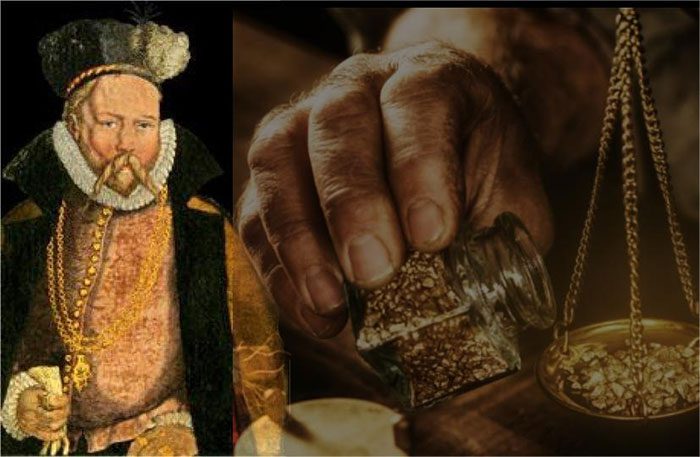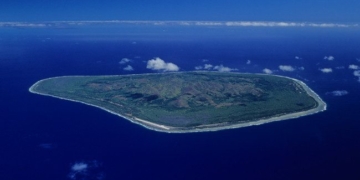At the laboratory of the alchemist and astronomer of the Renaissance, Tycho Brahe, scientists have discovered something “timeless”.
According to Science Alert, a research team from the University of Southern Denmark and the National Museum of Denmark conducted an analysis of several fragments of glass and ceramics obtained from Tycho Brahe’s laboratory, which indicate that he was an alchemist.
Tycho Brahe (1546-1601) is a renowned name in the field of astronomy and astrology during the Renaissance, considered the founder of observational astronomy before the advent of the telescope.
Now, it has been discovered that as an alchemist, he made another world-changing discovery.

The laboratory of astronomer and astrologer Tycho Brahe shows that he was also an alchemist and may have even identified tungsten – (Archive photo).
On some of the fragments, scientists found elevated levels of several trace elements: nickel, copper, zinc, tin, antimony, tungsten, gold, mercury, and lead.
This indicates that these elements, including gold and mercury, which were commonly used by alchemists for medicinal purposes, also appeared frequently in Brahe’s experiments.
Physicist and chemist Kaare Lund Rasmussen from the University of Southern Denmark stated: “The most interesting thing is that the elements were found at higher concentrations than expected, indicating enrichment and providing insights into the substances used in the laboratory.”
Among these, one element is particularly astonishing: Tungsten.
Tungsten is a remarkable solid with a very high melting point, low vapor pressure, and the highest tensile strength known today, along with excellent corrosion resistance.
It is used in many modern devices, from light bulb filaments to parts of rockets.
However, humanity only identified this element in 1781.
Thus, the shocking discovery from the laboratory suggests that Tycho Brahe discovered it 200 years before the rest of the world actually knew about it. What it was used for in a laboratory that was destroyed 200 years earlier remains a colossal mystery.
It is possible that it was inadvertently separated from a mineral that Brahe himself did not understand the nature of.
Alternatively, he may have been building a project based on the findings of the German mineralogist Georgius Agricola, who had previously made the first steps that humanity would apply centuries later to identify tungsten in tin ore.
“Perhaps Tycho Brahe had heard about this and thus knew of the existence of tungsten,” Dr. Kaare Lund Rasmussen said.
Regardless of the reason, the recently published discovery in Heritage Science once again proves the greatness of Tycho Brahe, who dedicated his life to unique experiments.
A previous study of this alchemist’s remains indicated that he may have used gold as a form of medicine.


















































